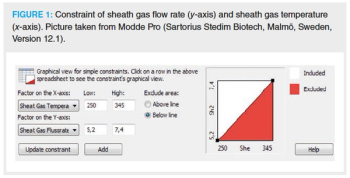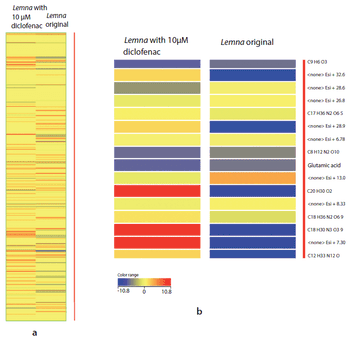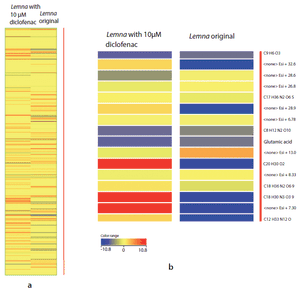Articles by Thomas Letzel

In this study, the experimental nontargeted screening approach and corresponding data analysis workflows—simultaneously using molecular ion information and structural information—are presented for the molecular identification and authenticity verification process from a brand perfume using GC–ecTOF-MS.

We take a look at the past, present, and future of applying gas chromatography–mass spectroscopy (GC–MS) techniques to non-targeted screening (NTS) in various disciplines, assessing both the opportunities and the challenges.

The optimization of adjustable factors in electrospray ionization (ESI) by design of experiments (DoE) is presented. This approach allows a comprehensive and systematic optimization of all relevant factors for the ionization of compounds and increases the understanding about factor influences on the ionization efficiency.

In plant metabolomics, molecular fingerprints and additional molecular descriptors can be identified using recent developments in
polarity-extended separations with serial coupling of reversed-phase LC and HILIC combined with ESI-TOF-MS.

Supercritical fluid chromatography (SFC) and hydrophilic interaction liquid chromatography (HILIC) are suitable for screening very polar trace organic compounds in environmental water samples. The polarity range of separable compounds in SFC is as broad as the polarity range of the serial coupling of reversed‑phase liquid chromatography and HILIC (reversed-phase LC–HILIC). In this article the orthogonality of SFC and reversed-phase LC–HILIC is assessed. It is shown that both techniques are highly orthogonal and complementary. The parallel use of the two techniques offers additional benefits for the compound monitoring of, for example, pharmaceuticals in surface waters, or the identification of unknown compounds in complex samples.

The coupling of HILIC with reversed-phase HPLC and API-MS will become routine in the future, particularly in fields like metabolomics and environmental analysis that regularly involve nontargeted screening of large numbers of compounds in complex mixtures.

The combination of reversed-phase high performance liquid chromatography (RP-HPLC), atmospheric pressure ionization (API), mass spectrometry (MS) and tandem mass spectrometry (MS/MS) is ideal for determining and characterizing analytes in complex biological matrices. This review looks at the importance of parameters such as hydrophobicity, ionization properties, molecular mass and, partially, the molecular structure resulting from applied LC–MS–MS systems in analytical laboratories. The use of these parameters to investigate biomolecules and their unambiguous identification is also described.













